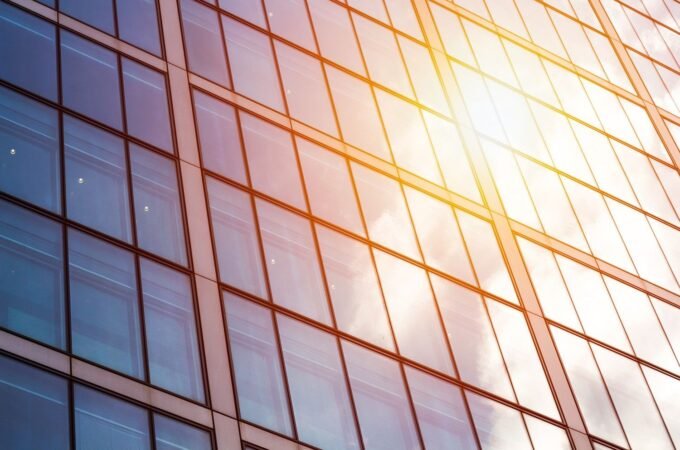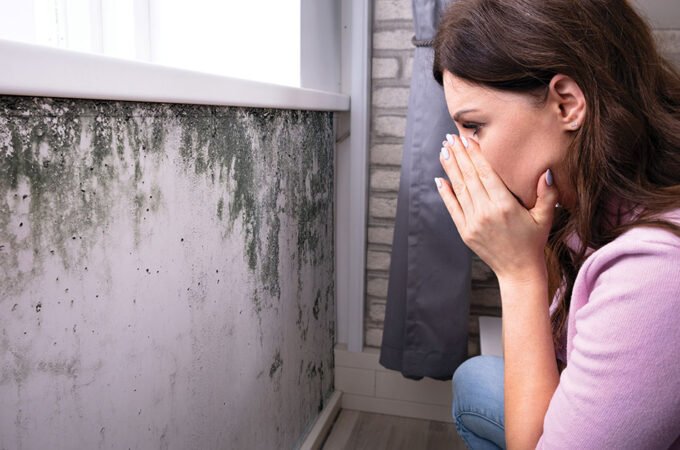
A Seasoned Roofing Company Shares All You Need To Know About Passive Design
The modern world presents a unique challenge to humankind. Rapid developments are difficult to keep up with, and we’re continually receiving an overload of ideas and information from across the globe, which renders this knowledge fleeting most of the time. It’s like stepping onto a treadmill that’s moving faster than you can run – not a wise decision, as you risk injuring yourself if you don’t meet the pace. So how do we determine which great ideas deserve more than a glance or “like”? We assess what value they offer us in the long run. This is where the concept of passive design comes in. This isn’t just some buzz word that will fade with the next hashtag, as it’s a movement towards better buildings.
Roofing companies and construction businesses in New Zealand are using passive design more and more in their efforts toward sustainable construction, and this means realising that the power we rely on is a finite source that also hurts the environment – and our pockets. What does this mean for Kiwis who intend to build or renovate their properties? Well, for starters, the way we approach construction is changing in a big way (and for the better). In this article, we’ll look at how you can design your property in a way that maximises on factors such as climate, location and more to reduce your reliance on external energy sources – to create something that will stand the test of time.
Table of Contents
TogglePassive Design 101: What Is It & How Does It Work?
Air conditioning and central heating systems are an important part of modern life. They help us to manage temperature changes as the seasons change, year in, year out. However, they also play a significant role in our carbon footprint and the amount of money we spend on utility bills every month. What if we told you that you could design your home or office in a way that requires little to no intervention from temperature regulation units, no matter the time of the year? In a nutshell, this is the option that passive design offers.
Passive design is an energy efficient approach to construction that uses external influences to achieve the goal of comfortable, yet cost-effective living. Think about all the adjustments you could make to your house to make it more comfortable and energy efficient. Have you ever wished that your bedroom window faced a different direction so that you could harvest warmth from the sun or that your roof wouldn’t let out so much warm air in the winter? With passive design on your side, all this is possible. It all depends on how well you position your building in relation to the sun to make the most of its warmth through redistribution.
Factors To Consider While Designing A Passive Building
As mentioned earlier, the passive design process takes your surroundings into account. We can divide the factors that matter most into two distinct categories, namely: “factors within your control” and “factors you need to work around”. The former covers things you can influence directly with your decisions, while the latter speaks to what you can only manipulate:
Factors within your control:
- Choosing The Construction Site – Passive design relies heavily on how much sun reaches the building at any given time. It’s important to inspect the site beforehand to determine whether or not it will work well with a passive design. It doesn’t help to build on land that’s hidden in the shade of a mountain or trees. Pay attention to such details.
- The Actual Design – Once you pick a suitable site, the design can begin. It will depend on where the building is located so that the previous factor will be the cornerstone of your build.
Factors you need to work around:
- Climate – You can’t control the climate, but if you know what the weather is like, you can lay out the design in a way that complements it. This translates to keeping cool without air conditioning in summer and keeping warm without a heating system in winter.
- Geographical Orientation – The sun rises and sets in the same directions every day. If all your windows face south, you’ll get an equal amount of sunlight throughout the home, instead of one end warming up while the other freezes.
Zoning In On Passive Roofing – What Does This Entail?
Where the work of roofing companies is concerned, there are a few things that will be affected by passive design. These are a part of the bigger picture, and they contribute a great deal towards the ultimate goal of building a passive building.
- Thermal mass – roofing materials that keep the home cool in the warm months will complement windows and materials that store and distribute solar heat when it’s colder.
- Insulation – efficient insulation where the walls meet the roof is a great way to keep the warmth in when you need it most.
- Overhang – you can determine how much overhang your roofing will have based on the amount of shade you need.
The Advantages Of Applying Passive Design Principles To Your Building Project
As you’ve probably picked up, there’s a lot to be gained from a well-executed passive design. Not only is it good for the environment, but it makes your life more convenient and helps your budget in the long-term. The top perks you stand to enjoy are:
1. Decreasing Your Electricity Bill By A Considerable Margin
Not depending on electrical units for temperature management means you’ll spend less on utilities going forward. You get to go off-grid (to some extent) and lower your energy consumption while still enjoying use of other devices and appliances. You also won’t have maintenance and repair costs for air conditioning and heating anymore. You can always rework your budget to reroute the spare cash into other expenses.
2. Efficient Temperature Regulation Throughout The Year
Your home or business will be comfortable for you, loved ones, employees or guests all year around. You’ll never have to flip a switch or bring out the portables again unless you need a bit of extra reinforcement.
3. Staying Ahead Of The Curve In Upcoming Advancements In Construction
In the coming years, there’ll be other developments in the industry that builds on passive design, meaning that structures will become more eco-friendly. Passive design places you in a position to keep up with the changes.
If you’re looking for construction ideas that stand the test of time – passive design is an option you could explore. JP Franklin Roofing is one of Auckland’s top roofing companies, so let us help you ensure your roofing is optimised as much as possible.






